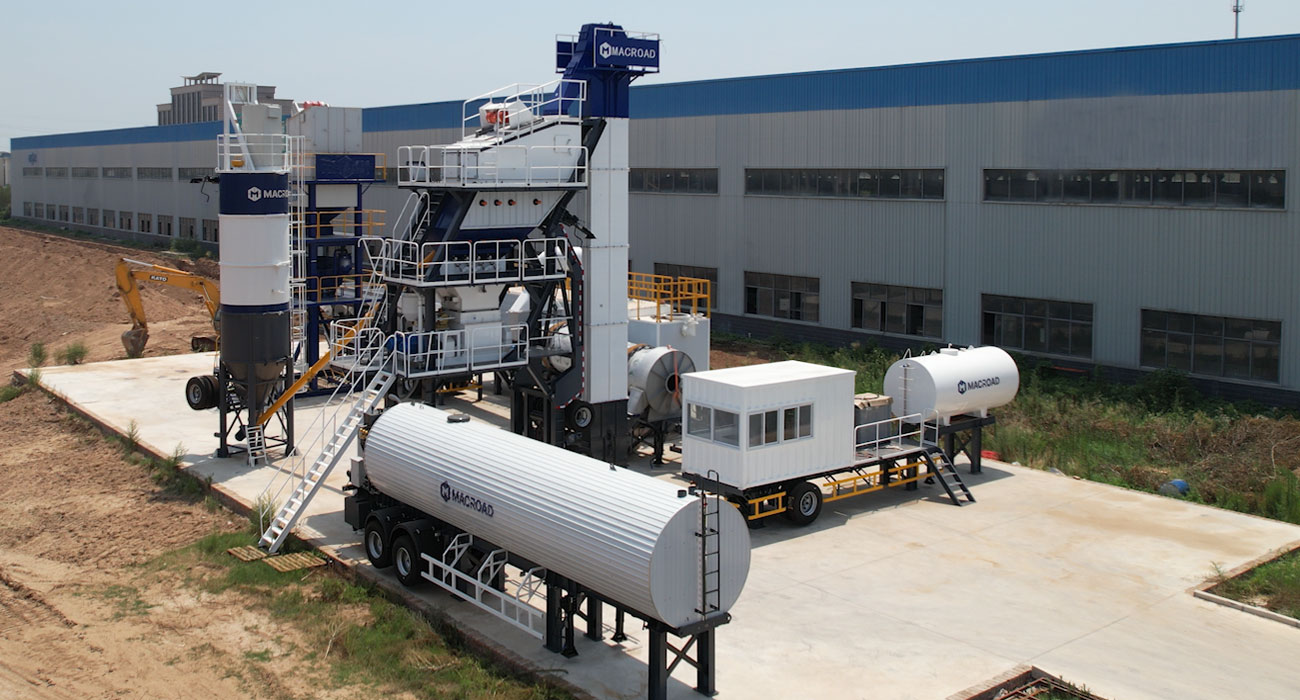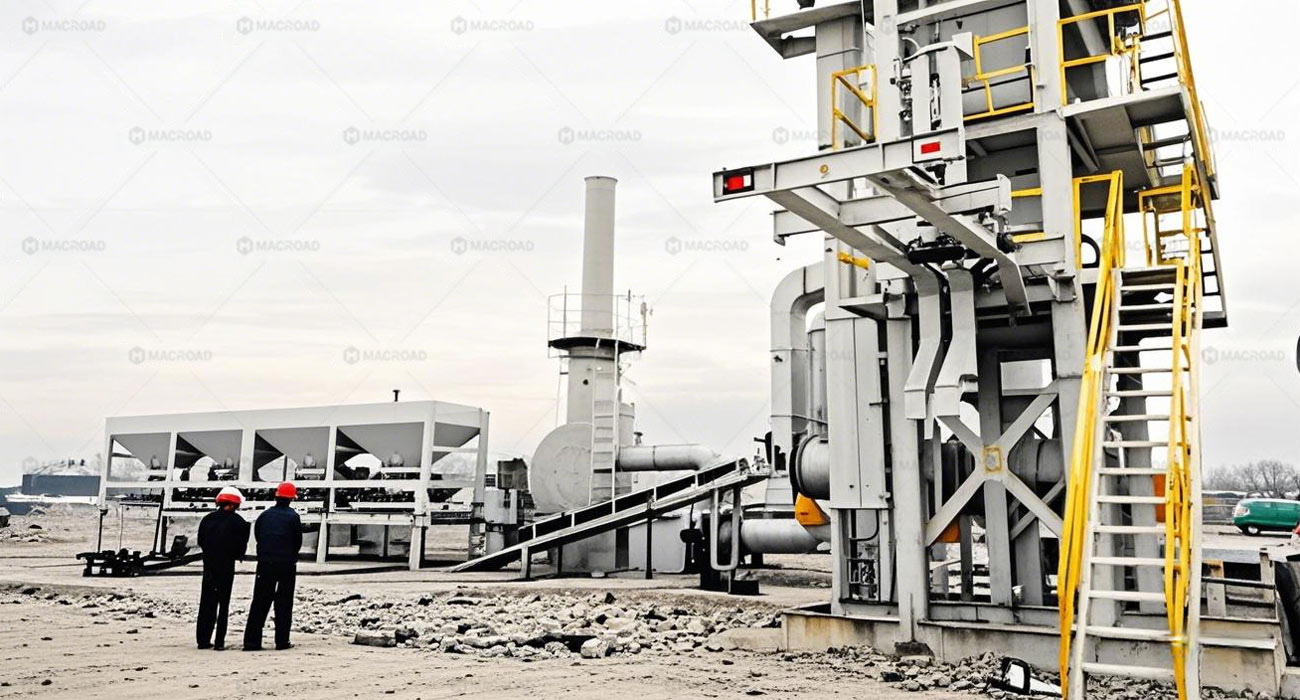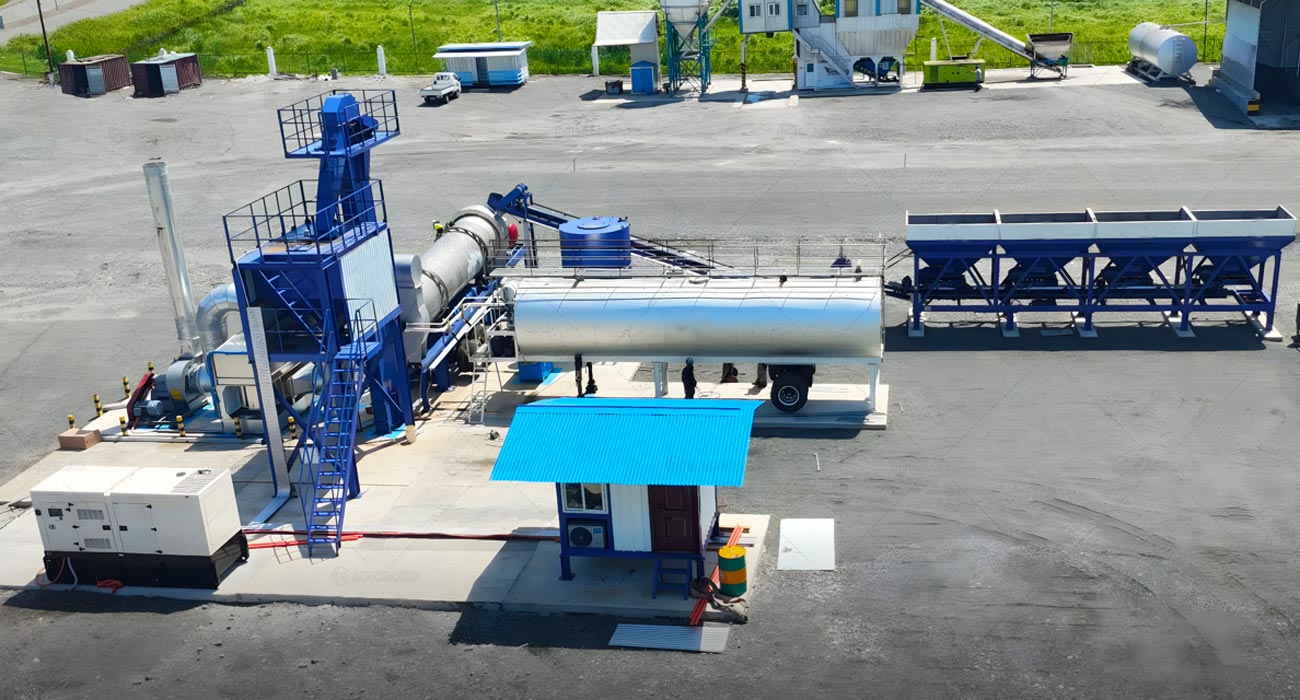Categories
Tags
-
#asphalt plant
#stationary asphalt plant
#mobile asphalt plant
#Batch mix asphalt plant
#Drum Mix Asphalt Plant
#asphalt plant cost
#asphaltplant
#coldmixasphaltplant
#mini mobile asphalt plant
#mobileasphaltplant
#asphalt plant in South Africa
#reliable asphalt plant
#asphalt plant supplier
#asphalt plant in Indonesia
#asphalt plant price
#stationary asphalt batching plant
#asphalt plants
#asphalt production plant prices
#mobile asphalt plant cost
#asphalt plant manufacturers
#asphalt batching plants
#batch mix plant
#buy asphalt plant
#asphalt batch mix plant manufacturer
#asphalt batch mix plant price
#portable asphalt plant
#mobile asphalt mixing plant
Archives
Optimizing Relocation Processes for Mobile Asphalt Mix Plants
-
Mobile asphalt mix plants are designed with modular components that facilitate relocation, making them ideal for projects in varying locations. However, the complexity of module disassembly and assembly can significantly impact relocation efficiency. Complicated connection structures not only extend assembly time but may also lead to operational inaccuracies if assembly errors occur. For projects requiring quick turnarounds, such as completing rural road repairs across two adjacent counties within a month, optimizing the relocation process is essential to ensure timely equipment commissioning and operation.

Planning the Module Disassembly Sequence
One of the critical steps in optimizing the relocation process is planning the module disassembly sequence in advance. A well-structured plan allows the assembly team to work more efficiently, reducing the time spent on disassembly and minimizing the risk of errors during reassembly.
To create an effective disassembly plan, it is important to document each module's connection points and the order in which they should be taken apart. This documentation can serve as a reference for the assembly team, ensuring that the process is executed smoothly. Additionally, involving experienced personnel in the planning phase can provide valuable insights into potential challenges and best practices.

Training a Professional Assembly Team
Having a knowledgeable and skilled assembly team is crucial for the successful relocation of mobile asphalt mix plants. Training should focus on the specific modular design of the equipment and the intricacies involved in its assembly and disassembly. A well-trained team will be better equipped to handle complex connections and troubleshoot any issues that may arise during the process.
Conducting mock disassembly and reassembly sessions can further enhance the team's proficiency. These practice sessions allow team members to familiarize themselves with the equipment, identify potential obstacles, and improve their coordination. With a professional assembly team in place, the risk of operational inaccuracies due to assembly errors can be significantly reduced.

Formulating a Module Transportation Protection Plan
In addition to optimizing disassembly and assembly processes, formulating a module transportation protection plan is essential to safeguard the integrity of the equipment during transit. Adding shockproof packaging for sensitive components can prevent damage from vibrations or impacts that may occur during transportation.
The transportation protection plan should also include guidelines for securing modules within the transport vehicle to minimize movement. Properly securing the modules not only protects the equipment but also ensures that the assembly team can quickly and efficiently set up the plant upon arrival at the new location.
Macroad offers expert insights into best practices for both transportation protection and relocation processes, helping companies streamline their operations and enhance project efficiency.
Conclusion
In conclusion, optimizing the relocation process for mobile asphalt mix plants requires careful planning and execution. By establishing a clear module disassembly sequence, training a professional assembly team, and implementing a robust transportation protection plan, companies can significantly improve relocation efficiency. These strategies not only help avoid delays in equipment commissioning but also mitigate the risk of operational failures due to improper assembly. With the right approach, enterprises can ensure that their mobile asphalt mix plants are set up efficiently and ready for operation, even in challenging project timelines.




